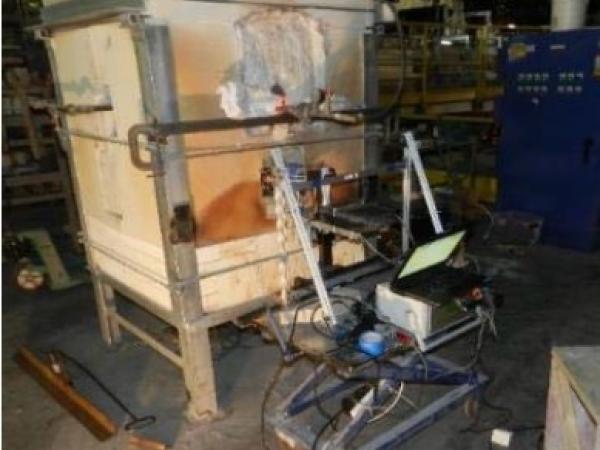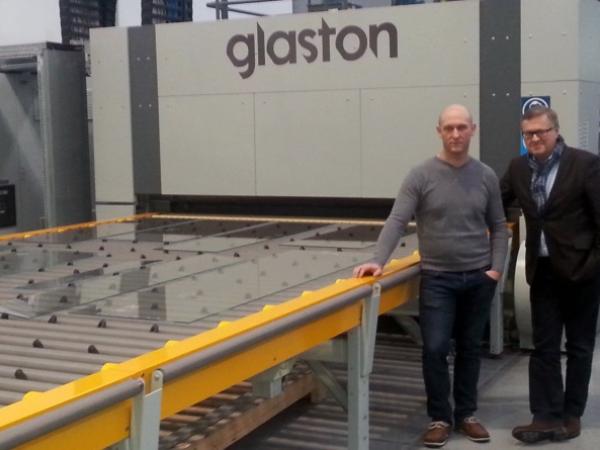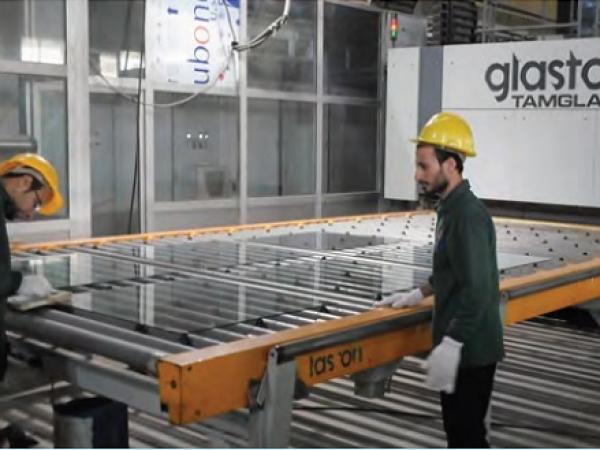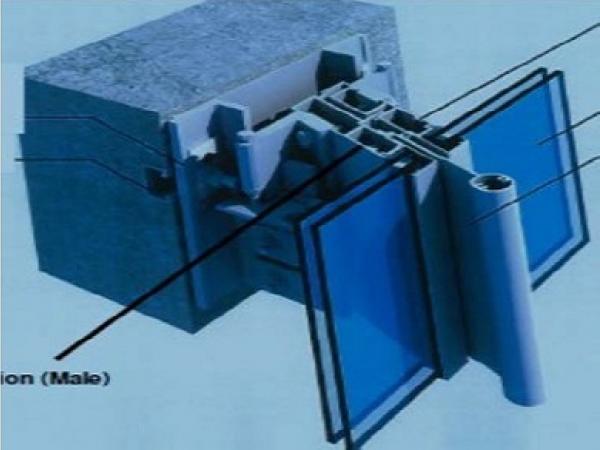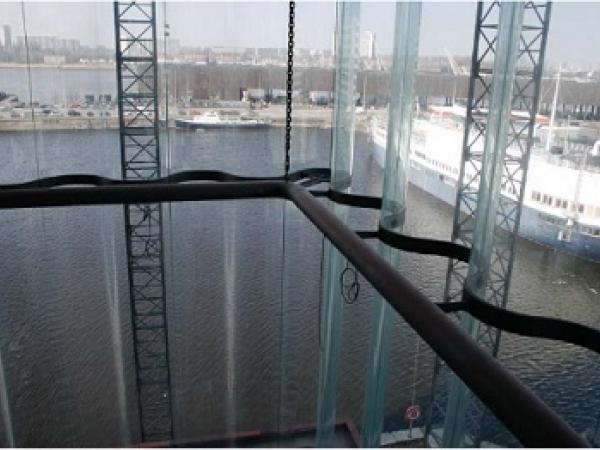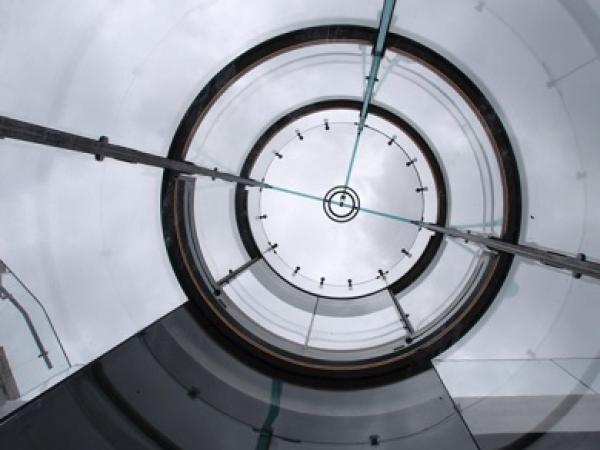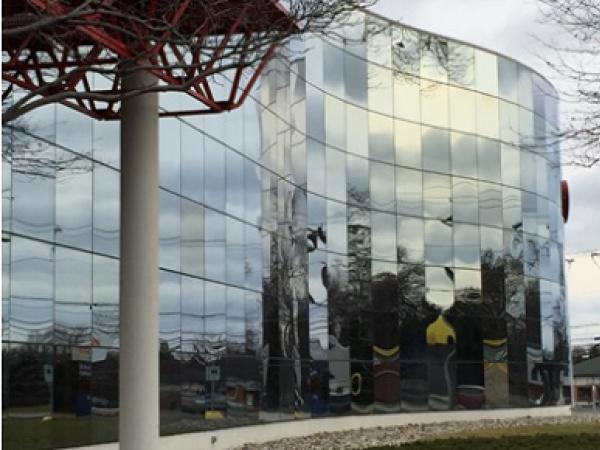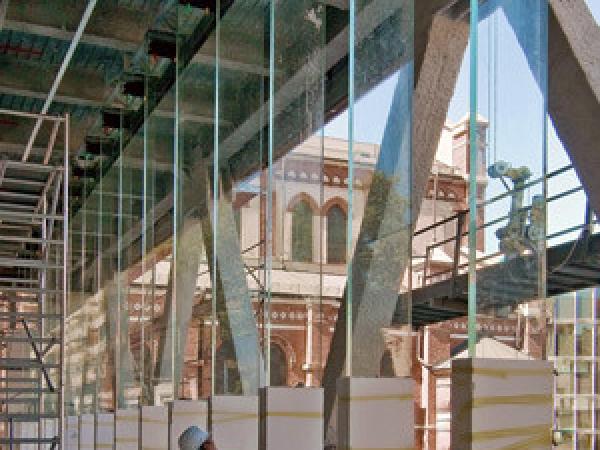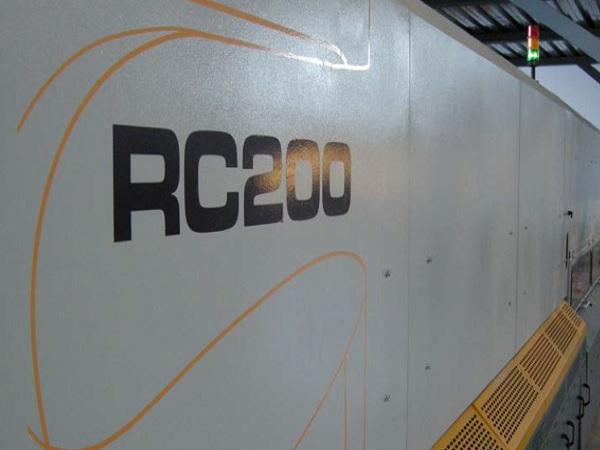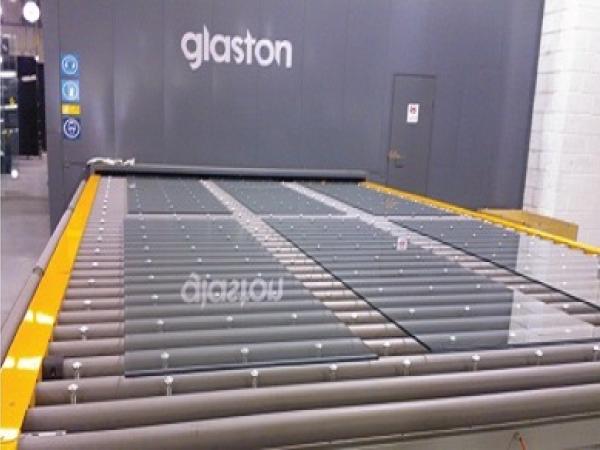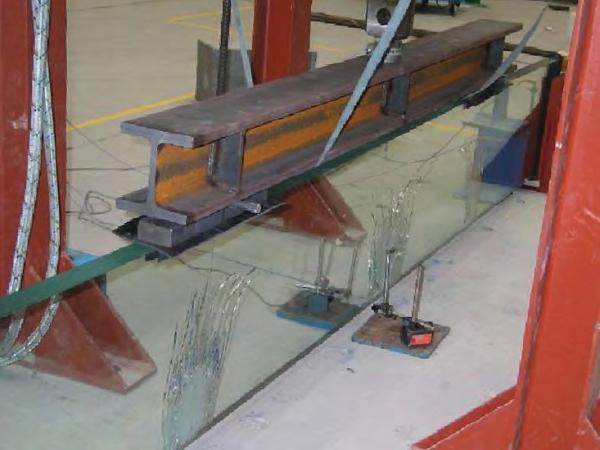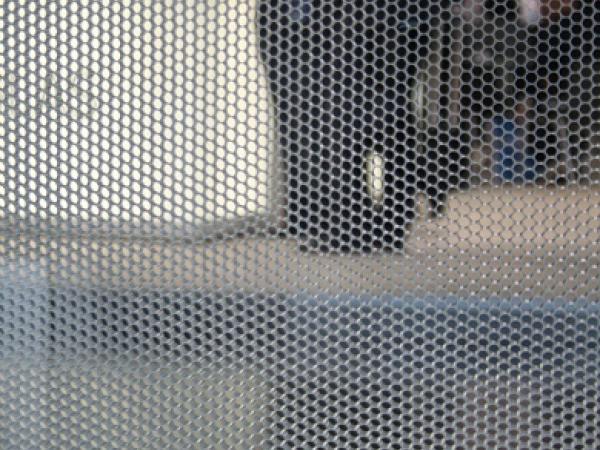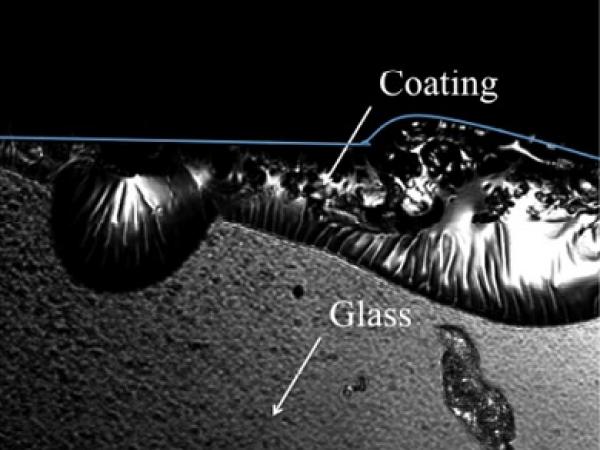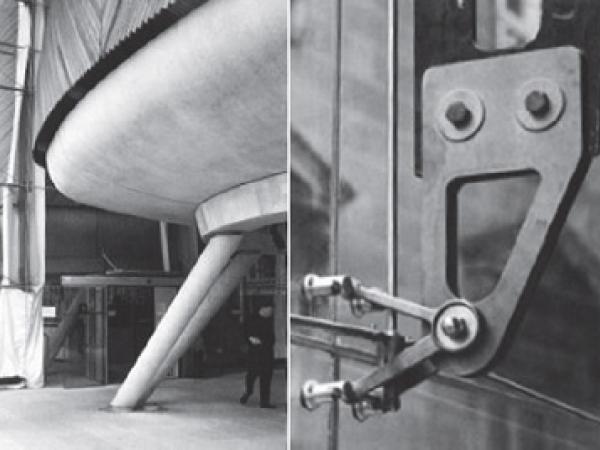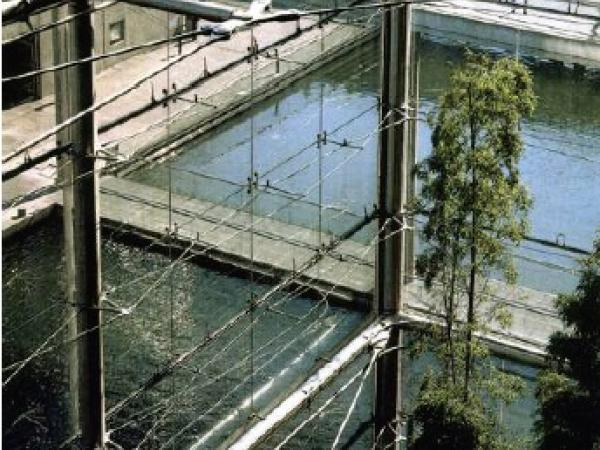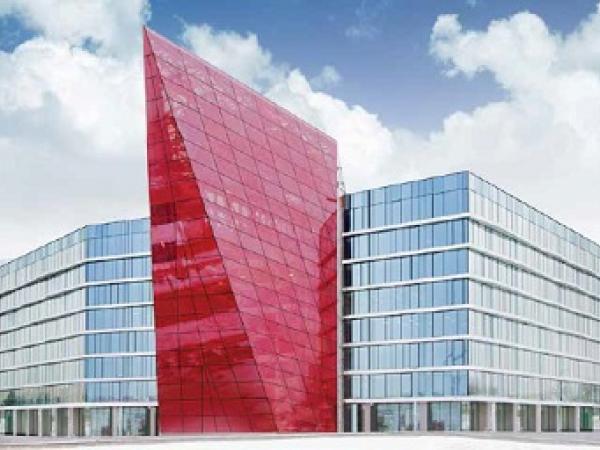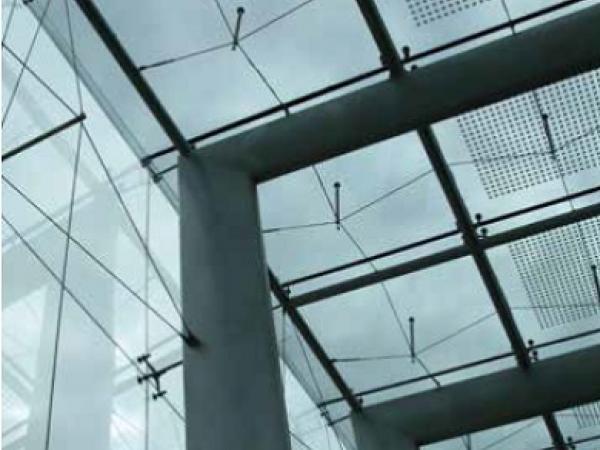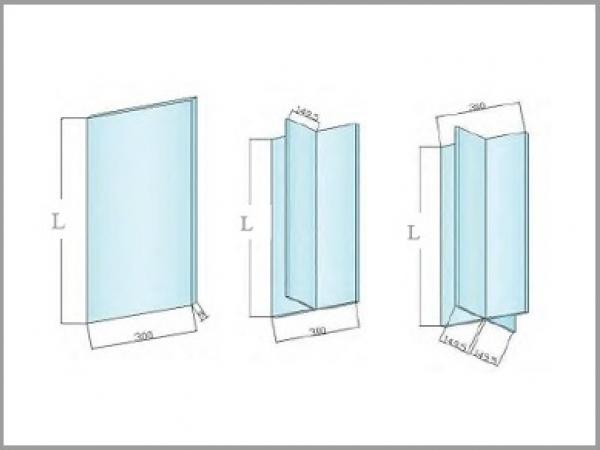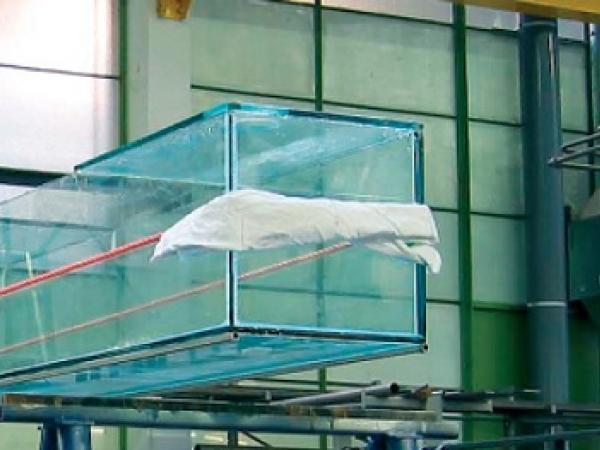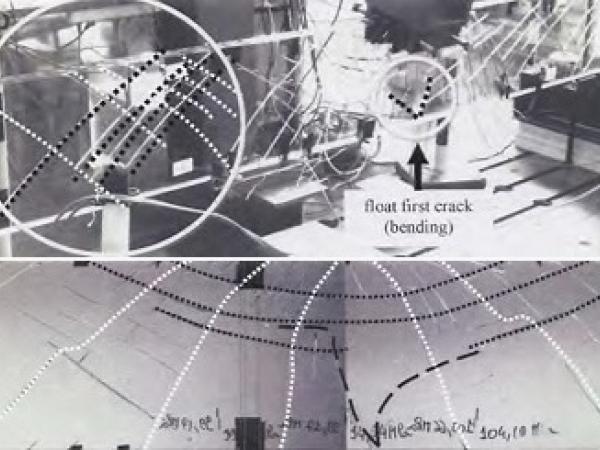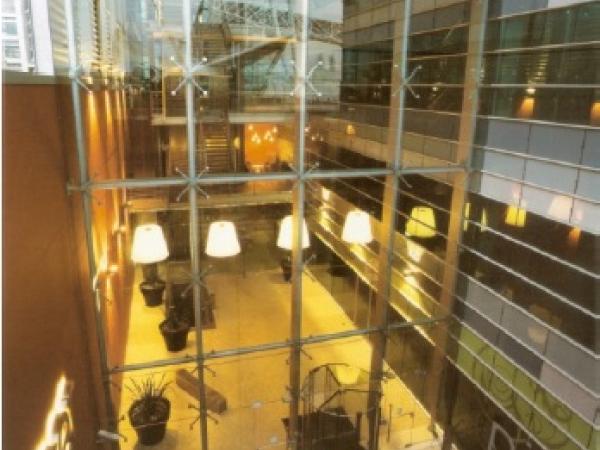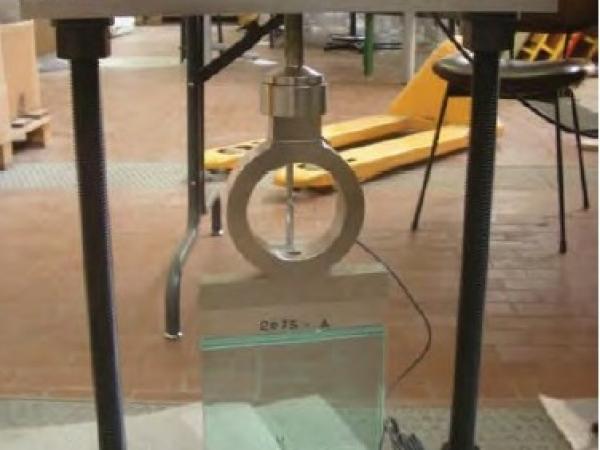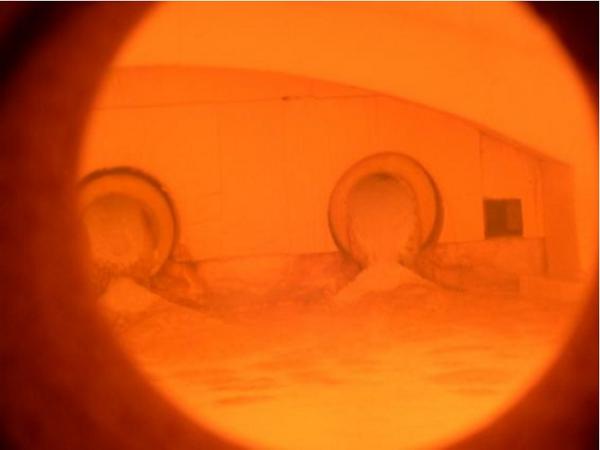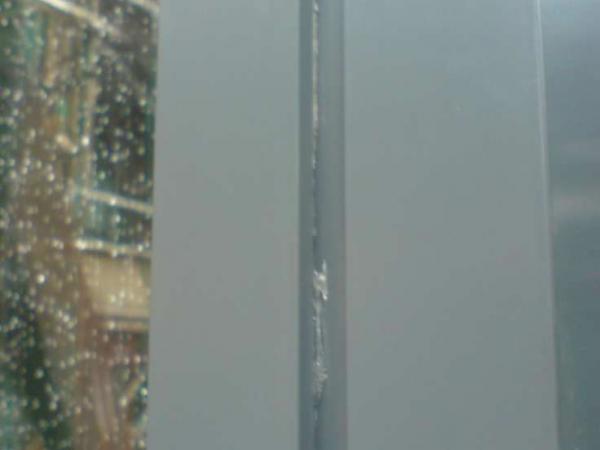Others also read
| Furnaces are currently inspected on a regular basis with thermal imaging sensors and other techniques that heavily rely on experience of the plant personnel.
| “UniGlass is committed to stay at the forefront of the technological trends. We want to make sure we can offer our customers the total range of glass products that they need for their projects.”
| For the past five years, Nile Aluminium & Metals Company, or AluNile, has had very positive experiences with Glaston's first FC500™ tempering furnace sold outside Finland.
| Today lightness and transparency are properties that both architects and clients try to obtain. This has rapidly increased the use of glass in facades.
| Thanks to the laminating and toughening of glass panels, we are able to make strong, safe and resilient structures out of glass.
| Being highly focused on flat glass processes for partitioning used in the office industry, Tufwell Glass Ltd has carved out a unique and resilient position for itself in southeast region of England.
| Glass, a material with the unique property to let light inside an area, is normally used in building practice as just an enclosure. Its use in facades is also due to its chemically inert properties; it can be cleaned easily and remains good for many years.
| Spandrel glazing has developed to a stage where more efficient insulation can generate higher thermal stresses than can normally be resisted by heat strengthened (HS) glass on which ceramic enamel (frit) has been applied.
| There's a company in the heart of Bucharest that plays a leading role in Romania's glass processing industry. "Spectrum Inovativ & Industries SRL" was founded in 1991, first as an agent for a foil manufacturer.
| After 10 years of experience with the Glaston HTF 2142 furnace, Paul Buckley, Managing Director of the PJB Glass Group, decided to complement his flat glass production offering by investing in a Glaston RC200™ furnace.
| Sanshiba Shozai of Japan chose to be the first glass processor in the world to invest in Glaston’s latest GlastonInsight™,the intelligent online assistance system, at the same time as it ordered the Glaston RC350™ tempering furnace.
| Although the standard glass design strategy is redundancy, we pursue a safer way to ensure the robustness of transparent glass beam structures.
| High-performance functional glazing has a significant impact on the energy efficiency of buildings and their level of usability or life quality. Experts agree that increased demands will lead to improved functionality of the glass products used in facades.
| In modern buildings, glass is increasingly used as a load-carrying material in structural components, such as glass beams. For glass beams especially the edge strength of glass is important.
| Despite the increasing research activity on structural use of glass in the past years, there is still a lack of comprehensive design codes and standards linked to real-life applications on a structural level. However, more and more ambitious buildings and structures are built every year.
| This paper intends to present how applications of structural glass systems have evolved in HDA’s projects since the author’s intial work at La Villette with Peter Rice and RFR.
| The new HQ for the Belarusian Potash Company (BPC) is a staggering example of glazing being deployed to maximise light and colour.
| The design of the building and its façade reduces solar energy gain, which precludes excessive use of air conditioning, while SentryGlas® improved the natural lighting, removing the need to turn the lights on inside the building.
| A series of four-point bending tests were carried out on monolithic and laminated panels in order to evaluate the ultimate tensile stress of the glass considered and the effective level of connection between the glass foils.
| The article presents an overview of research and applications of glass as structural material, cooperating with other materials: steel, timber, glass or carbon fibre composites.
| Differently from traditional structural materials, the structural behaviour of laminated glasses exhibits some anomalies due to the difference in the stressstrain laws of their components: glass is a brittle material, while PVB and SGP are thermoplastic materials with a visco-elastic behaviour.
| Currently modern facade buildings rely on glazed curtain wall systems. These systems include either singular aluminium alloy frame glass curtain walls or frameless glass curtain walls. This is the case of the so called spider fixing systems, which are pointed supported.
| Laminated glasses consist of two or more glass sheets bonded together with plastic interlayers. The lamination gives to LGs a safer behaviour than monolithic glasses, avoiding injuries to people in case of breakage.
| Melting glass is a very energy intensive process, with process temperatures of more than 1600°C required to melt the raw materials in the furnace.
| In modern high rise building, fully unitised systems are frequently being used in construction to save time and cost. Most of the unitised system comprises of structural aluminium alloy of grade 6063 T5 or T6, with spandrel panel (shadow box) and vision glass.

